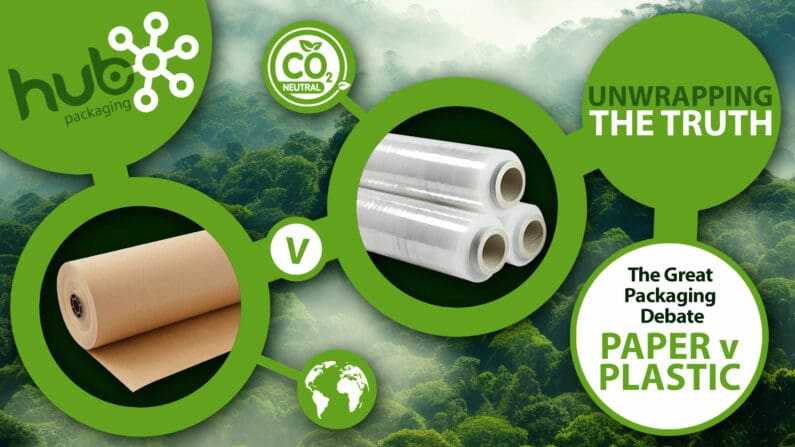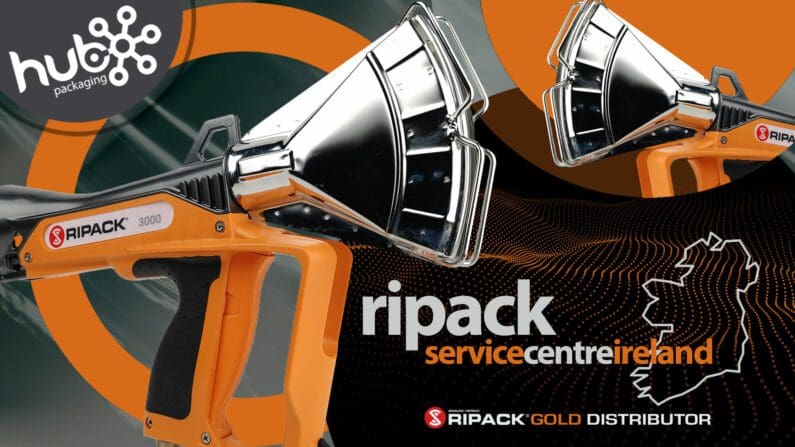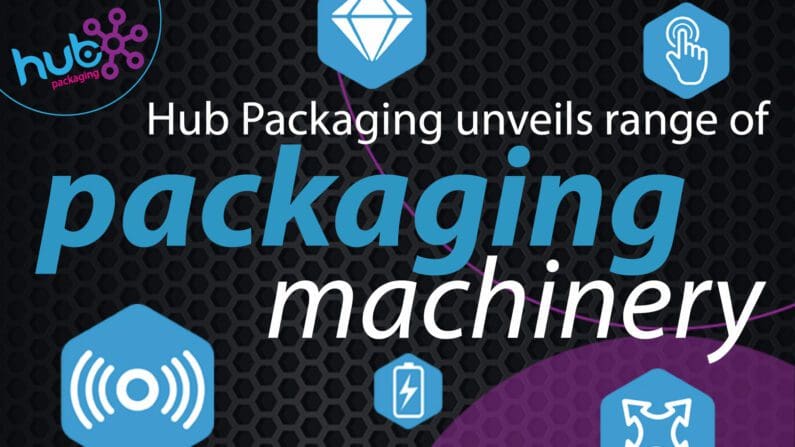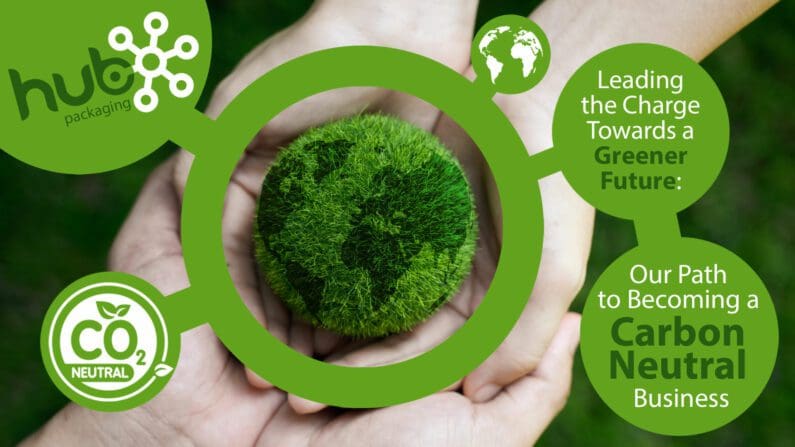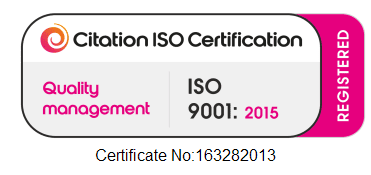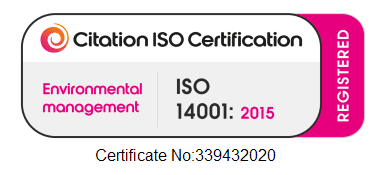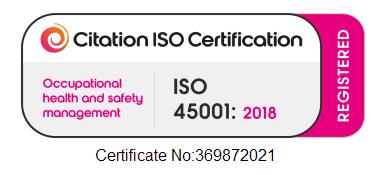Product Focus – Nano Film
Over the past decade, nanotechnology has been a rapidly growing tool within the field of stretch films. Not only has it revolutionised the way stretch film is produced, but it has also changed the course of the packaging industry / process. At Hub Packaging, we are delighted to announce that we are now stocking the …






